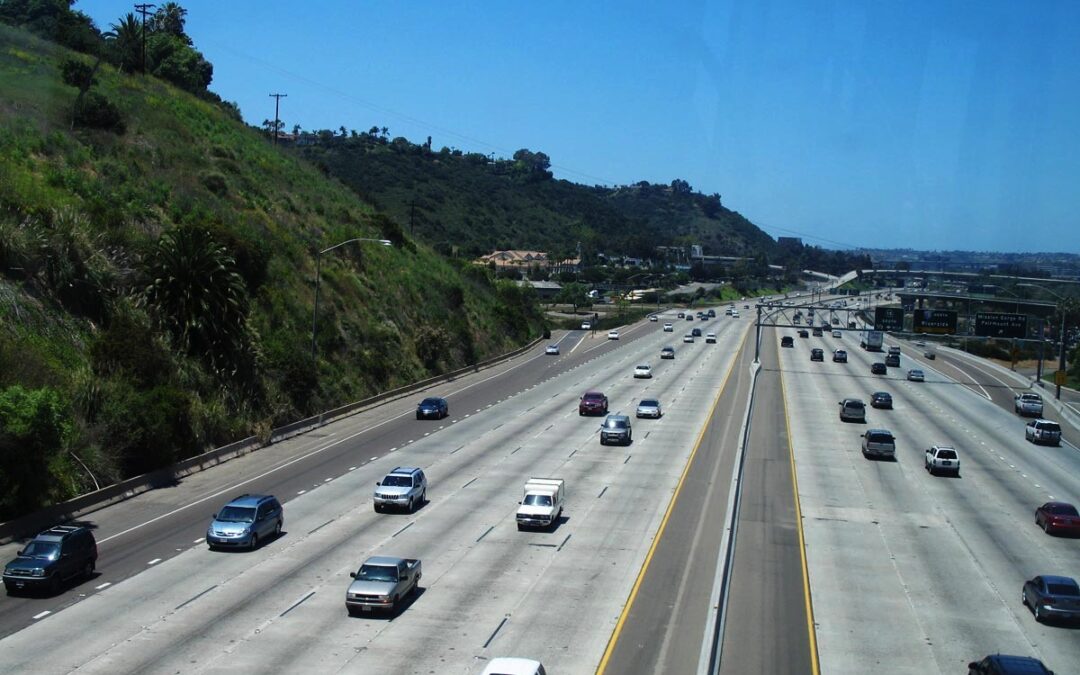Accident Avoidance and Prevention | Causes & Costs of Accidents
| Driver Education |
In the realm of driving, prioritizing safety is of utmost importance. Countless accidents occur annually due to a lack of defensive driving practices. However, adopting a proactive approach to driving can significantly diminish the risks associated with being on the road. This blog will delve into essential defensive driving techniques aimed at accident avoidance and prevention.
This blog may contain affiliate links, and if you make a purchase through these links, we may or may not earn a commission at no extra cost to you.
Defensive Driving Techniques for Accident Avoidance and Prevention
Staying Alert and Prepared
One of the foundational principles of defensive driving is the need to stay alert and prepared. This means maintaining constant awareness of your surroundings, which includes other vehicles, pedestrians, and the ever-changing road conditions. This heightened vigilance is instrumental in allowing you to react swiftly and appropriately to unexpected situations.
Avoid Assuming Other Drivers’ Intentions
A common pitfall is assuming that you can predict the actions of other drivers. Instead, it is crucial to prepare for the unexpected. Always leave room for the unpredictability of others’ actions on the road.
Skid Control Techniques
Understanding how to control your vehicle in a skid is vital, especially in adverse weather conditions. A key tip is to keep your front tires aligned with your intended path, which can prevent a full spin-out.
Safe Spacing
To ensure you have enough reaction time, it is essential to maintain a safe distance from the vehicle in front of you. This is often referred to as the 10mph=1 car length rule, which should be extended in poor driving conditions.
Escape Maneuvers
Being well-prepared with techniques to avoid sudden hazards can be a lifesaver. Familiarize yourself with your vehicle’s capabilities and have a plan for evasive action if necessary.
Emergency Braking
Understanding your vehicle’s braking system is vital. Employ appropriate techniques for different types of brakes, such as pumping for drum brakes, threshold braking for disc brakes, and applying steady pressure on anti-lock brakes.
Effective Use of Horn
The horn should primarily be used as a tool for alerting others to your presence, not for expressing frustration or anger.
Adapting Speed to Conditions
Always adjust your speed to match the current road, traffic, and weather conditions. Speeding in unfavorable conditions significantly increases the risk of accidents.
Proactive Strategies to Avoid Collisions
Proper Lane Placement
Keeping your vehicle correctly positioned in the lane provides you with the best vantage point and reduces blind spots.
Increase Following Distance
In challenging situations like being tailgated, in poor visibility, at higher speeds, or during adverse conditions, increase your following distance.
Managing Distractions
Distractions are a leading cause of accidents. Plan when to divert your attention from the road safely and minimize in-car distractions.
Anticipating Trouble Ahead
Always keep your eyes on the road ahead. This foresight allows you to anticipate and react to potential hazards early.
Vigilance in Trouble Spots
Pay extra attention at intersections, crosswalks, near parked cars, in proximity to parking lot entrances, interchanges, and in adverse weather or slippery conditions.
Avoiding Rear-End Collisions
Maintain a Generous Following Distance
Having more space from the vehicle ahead gives you more time to react.
Signal Early and Clearly
Early signaling for turns, stops, and lane changes alerts drivers behind you, reducing the risk of rear-end collisions. Use turn signals and apply brakes early to alert drivers behind you.
Smooth and Gradual Braking
Avoid sudden stops, as gradual braking alerts drivers behind you and decreases the likelihood of being rear-ended.
Keep Pace with Traffic
Adapt your speed to match the flow of traffic while maintaining a safe and legal speed.
Regular Mirror Checks
Frequent checks of your mirrors keep you aware of the traffic behind and around you.
Brake Light Maintenance
Ensure your brake lights are always clean and functioning correctly to alert drivers behind you.
Choosing an Alternate Path as an Escape Route
Maintain a Clear Visual Lead
Look ahead to anticipate and plan for potential hazards.
Positioning Between Vehicle Clusters
Select a speed that places you between clusters of vehicles, offering more maneuverability and escape routes.
Strategic Lane Positioning
Position your vehicle within a lane that allows for the best visibility and room to avoid hazards.
Avoiding Multiple Hazards
Continuously identify, predict, and adjust your driving to avoid potential hazards, always keeping an escape route in mind.
Contribute to a Community of Safer Roads
By incorporating these defensive driving techniques and maintaining constant vigilance, drivers can significantly reduce their risk of accidents. Remember, safe driving is not just about adhering to rules; it’s about cultivating a mindset of proactive safety and awareness on the road. Stay alert, stay safe, and ensure a safer journey for everyone.
Drive with Confidence!
Keep up with all the latest driving news. Expolre our blog packed with essential tips and expert advice on all things related to DRIVING!




